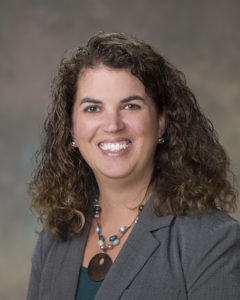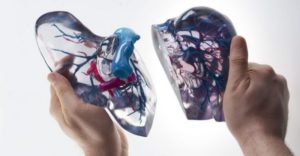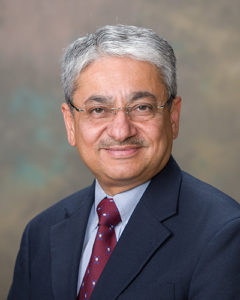Marshfield Clinic Health System (MCHS) is an integrated health system located in Wisconsin that contains more than 10,000 employees and more than 1,200 providers comprising 86 specialties, a health plan, and various research and education programs. What originated in 1916 as a clinic with just six physicians has grown into what is now one of the largest private, multispecialty group practices in the United States. In 1959, the health system established a research institute, in order to conduct clinical research, rural and agricultural health and safety research, work in human genetics, epidemiology, and biomedical informatics. Since then, MCHS has remained on the cutting edge of technological advances.
We recently interviewed Sheri Dick, a Gift Officer at the Foundation at Marshfield. She had closed a gift amounting to about $20,000, mainly due to one patient’s desire to fund a new 3-D printer at the hospital. Below contains a transcript of the interview.
Hi, Sheri. I understand that you recently closed a gift amounting to about $20,000. Would you care to tell me, and our audience, a little bit about the experience, from start to finish?

Sheri Dick, Gift Officer
I’d be glad to!
I started working with this donor in May 2018. The donor (who we’ll call Tom) was a cardio patient, and had a phenomenal relationship with his cardiologist, Dr. Shah. He indicated at one point that he wanted Dr. Shah to come over for a meal at his house, to say how thankful and grateful he and his wife (who we’ll call Mary) were for the doctor’s care. Dr. Shah came to me with this information during one of our clinician engagement huddles, and after some strategizing;, we arranged a meeting within a couple months. Tom had the capacity to make a donation, so Dr. Shah and I wanted to present the opportunity to him to fund a new 3-D printer for the cardiology unit. The printer was needed to create high-tech, lifelike models that would be instrumental in helping to train hospital staff to better perform surgeries.

A 3-D printed model of lungs
It was vital that Dr. Shah and his wife (also one of our physicians) were there in the meeting, so that Tom and Mary could see exactly who they were impacting and could put a face to the cause they were supporting. So, a few months later, Drs. Shah, and I, met Tom and his family for brunch at the donor family’s home. It was evident to me that there was great respect between the two men. Tom and his wife were thrilled to have us over – he and Dr. Shah spent a great deal of time discussing Tom’s farm, his old car collection (he had ten of them!), and his old music collection. Tom was really excited to be able to show all of this to Dr. Shah – at one point, we all piled into his pick-up truck and took a tour of the farm. It was great fun!
After the tour of the property, we all sat down together in Tom’s living room and discussed the possibility of funding the 3-D printer. Dr. Shah explained what the technology was, how it would improve the hospital’s ability to perform complex surgeries, and the overarching benefits it posed for healthcare in this rural community. I had already coached Dr. Shah ahead of time to be silent when I made the ask – so after he’d finished explaining the printer, he sat back, and I inquired whether Tom and his family would be willing to contribute a donation. Tom looked at Mary and said he would consider it. I thanked him for his time, handed his wife some pamphlets with information regarding the new technology, and said we’d follow-up with him – Tom and Mary were very cordial, and we were all in good spirits when we said our goodbyes.

Milind Shah, MD
A few weeks later, Dr. Shah sent a thank-you note to the family for brunch and for their time, and I followed up with a brief phone call. We arrived at the conclusion that if we (Dr. Shah and Gobel Group) could raise $20,000 for the printer, Tom would match it with a $20,000 gift of his own.
Over the next few months, Dr. Shah provided other names to me as referrals, and I worked diligently to reach the goal. In January, I was able to call Tom and his wife and let them know that we had met the $20,000 goal. The family was thrilled to make the donation, and Tom was especially thrilled to be able to do this for Dr. Shah. Since we were able to close the gift so quickly, and since Tom was so grateful to be able to give back to the doctor who had helped him so much, we knew there might be potential for even more opportunities for Tom and his wife to give in the future.
